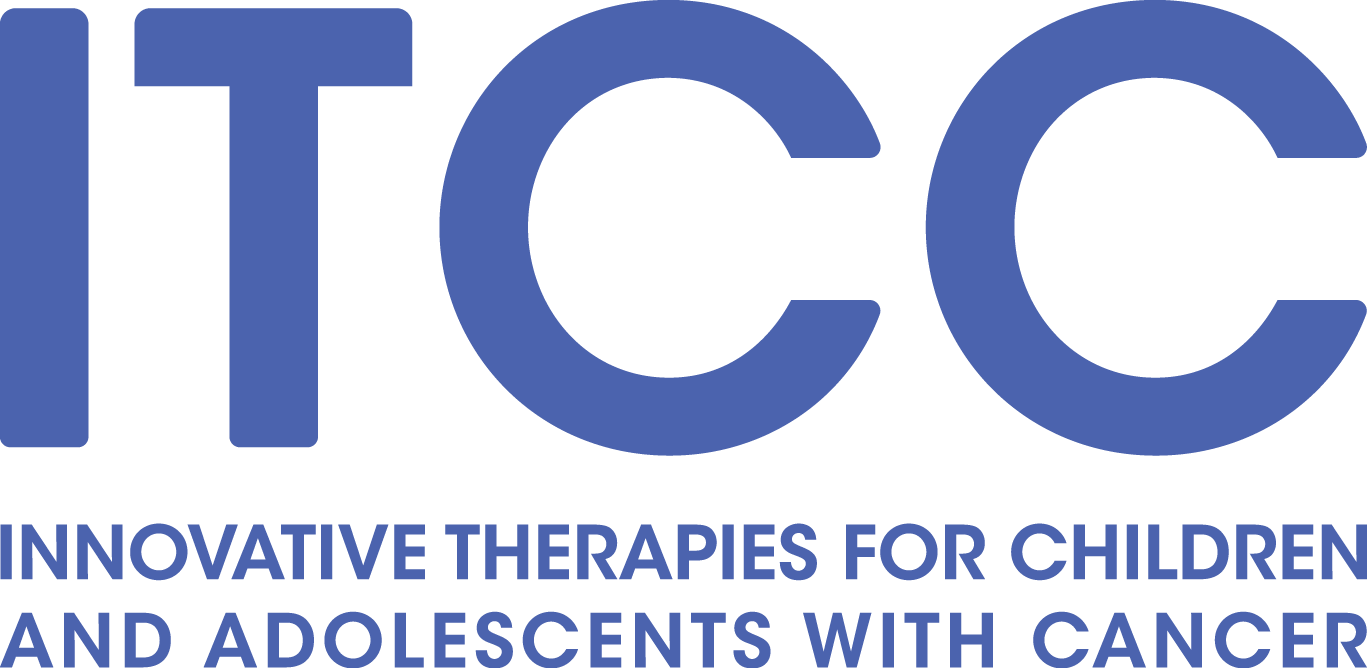Paediatric Strategy Forum for Medicinal Product Development of DNA Damage Response Pathway Inhibitors in Children and Adolescents with Cancer
ACCELERATE in collaboration with the European Medicines Agency
With participation of the Food and Drug Administration
Summary
The tenth multi-stakeholder Paediatric Strategy Forum focussed on DNA damage response (DDR) inhibitors. This class of products has a potentially important therapeutic role in paediatric cancers, however, their optimal use, including patient selection and combination strategy, remains unknown. The Forum addressed key issues in the ongoing development of PARP and other DDR pathway inhibitors.
The meeting was held at the European Medicines Agency, Amsterdam, on 27 and 28 October 2022. There were 124 participants, 63 in person and 61 virtually. An overview of the biology of the DDR pathway in childhood cancer, experience with PARP inhibitors in adults and children, and discussion of the relevant biomarkers was first presented by academic experts to form a basis for discussion of other DDR pathway inhibitors. Details of 15 inhibitors of the DDR pathway (olaparib [Lynparza®], talazoparib [Talzenna®], niraparib [Zejula®], AZD5305, AZD9574, RP-2119, AZD6738 [ceralasertib], M1774, RP-3500, BAY-1895344 [elimusertib], ACR-368 [prexasertib], AZD1390, M4076, peposertib and RP-6306 were presented, by companies or academic investigators. The Forum concluded with the patient advocates’ perspective and a multi-stakeholder strategic discussion.
While PARP inhibitors targeting homologous recombination-deficient tumours have been used primarily in the treatment of adult cancers with BRCA1/2 mutations, these mutations occur infrequently in childhood tumours and therefore a specific response hypothesis is required. Combinations with targeted radiotherapy, ATR inhibitors or antibody drug conjugates with DNA topoisomerase I inhibitor related warheads warrant evaluation. Additional monotherapy trials of PARP inhibitors with the same mechanism of action are not recommended. However, PARP1 specific inhibitors and PARP inhibitors with very good central nervous system penetration deserve evaluation.
As ATR, ATM, DNA-PK, CHK1, WEE1, DNA polymerase theta and PKMYT1 inhibitors are early in paediatric development, there should be an overall coordinated strategy for their development. Therefore, an academia/industry consensus of the relevant biomarkers will be established and a focused meeting on ATR inhibitors (as proof of principle) held. CHK1 inhibitors have demonstrated activity in desmoplastic small round cell tumours and have a potential role in the treatment of other paediatric malignancies, such as neuroblastoma and Ewing sarcoma. Access to CHK1 inhibitors for paediatric clinical trials is a high priority.
Early phase trials of DDR inhibitors should be based on a clear hypothesis, responders and nonresponders on the trial undergo detailed molecular and a revised new hypothesis be generated. Development of DDR inhibitors in children with cancer should be based on biology, with a focus on simultaneous and parallel research in preclinical and clinical settings.
Participating patient advocates maintained that collaboration and an overall integrated development strategy among stakeholders are essential to planning future research on DNA response mechanisms.




